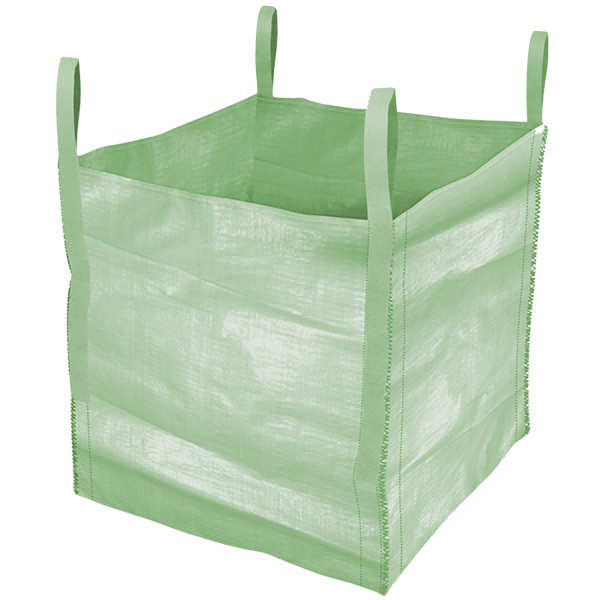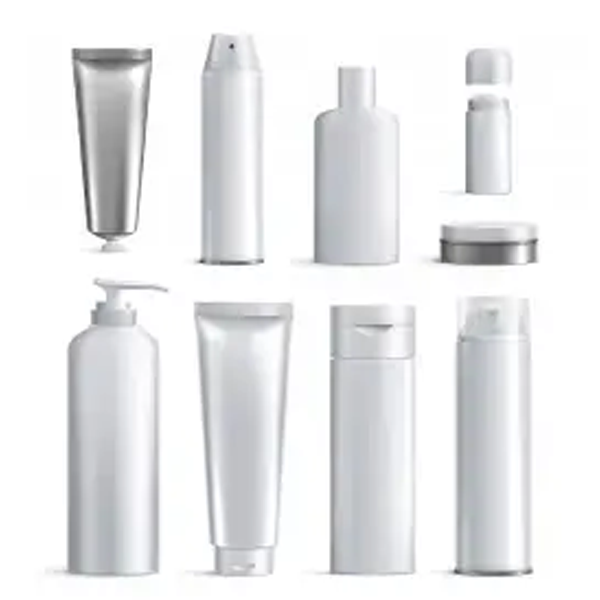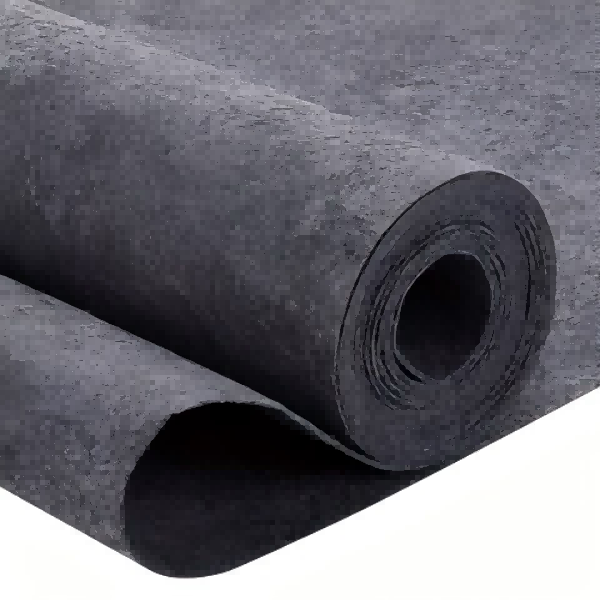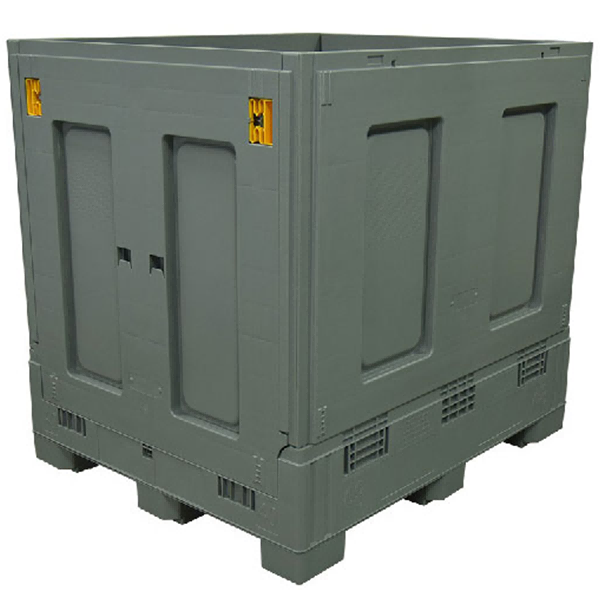-
 Call Us +86 18013887987
Call Us +86 18013887987 -
 Email Us xkq@njbaitong.cn
Email Us xkq@njbaitong.cn






-----------------------------
rPP (Recycled PP)
Source: diverse (packaging, automobiles, home appliances, daily necessities), complex composition.
Target applications: injection molded parts (toolbox, flower pot, turnover box, non-food contact container), extruded products (pipe, profile, sheet), fiber (carpet backing, non-woven fabric), low-end film/bag.
Appropriate additives and functions:
Epoxy chain extender: (improve mechanical properties) repair molecular chain fracture, improve melt strength, tensile strength and impact toughness (especially for recycled materials), improve processing stability (reduce melt sag).
Nucleating agent: (Note: injection molding parts) Accelerate the crystallization rate, shorten the molding cycle, improve the rigidity, heat resistance and dimensional stability, improve the glossiness of the product surface. It is helpful to uniform performance.
Aging-resistant masterbatch: Core additive! rPP undergoes multiple processing and potential use aging, and the antioxidant is exhausted. It is necessary to re-add composite antioxidants (main/adjuvant) to resist subsequent processing and thermal oxidative aging in use, prevent yellowing, embrittlement, and unstable melt flow, and prolong product life.
Lubricating masterbatch: (key!) rPP may contain impurities or components with poor compatibility. Lubricating masterbatch can significantly improve processing flow, reduce melt viscosity, reduce energy consumption and die buildup, improve demolding, and improve surface finish of products (to mask the effects of impurities).
Toughening masterbatch: (for applications requiring high toughness) Improve impact strength and compensate for performance loss of recycled material.
Hydrolytic inhibitors (carbodiimide): (generally not required) PP itself is highly resistant to hydrolysis, unless the source of recovery has special contamination or extreme applications.